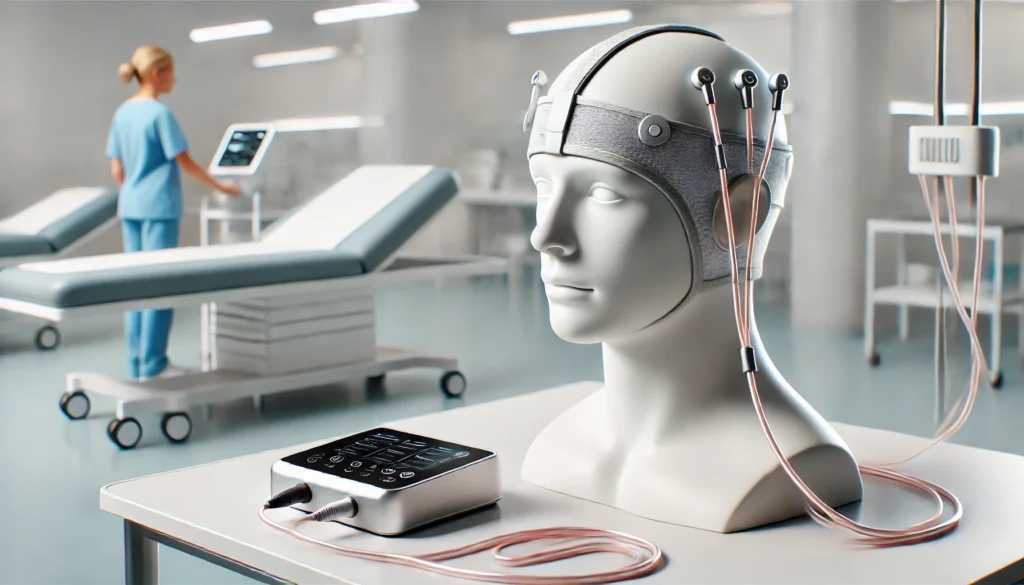FDA approves Novocure’s new flexible HFE arrays for glioblastoma treatment
Novocure has received FDA approval for its innovative Head Flexible Electrode (HFE) transducer arrays, designed to enhance the comfort of glioblastoma multiforme (GBM) patients using Optune Gio. This wearable device, a cornerstone of Tumor Treating Fields (TTFields) therapy, delivers alternating electric fields to disrupt the rapid division of cancer cells. The approval marks a step forward in patient-centric care for adults battling GBM, one of the most aggressive forms of brain cancer.
Novocure’s Chief Operating Officer highlighted the significance of this development, stating the new design prioritises patient comfort while maintaining treatment efficacy.

What makes the new HFE arrays revolutionary?
Unlike the ceramic discs used in current arrays, the HFE arrays are crafted from advanced flexible polymer materials, reducing their thickness by 50% and making them one-third lighter. This evolution addresses common concerns about comfort and usability for GBM patients, who often require continuous treatment.
These arrays work seamlessly with Optune Gio, a wearable medical device designed for mobility, enabling patients to integrate therapy into their daily lives. Optune Gio delivers TTFields through non-invasive arrays adhered to the scalp, targeting the electrically charged elements of dividing cancer cells without affecting surrounding healthy tissue.
FDA-approved use cases for Optune Gio
Optune Gio has been authorised for use in adults aged 22 and older diagnosed with GBM. It is a dual-purpose device, supporting both newly diagnosed and recurrent cases:
- For newly diagnosed GBM, Optune Gio is used alongside temozolomide chemotherapy after surgical tumour removal.
- In recurrent cases, it serves as a standalone therapy for patients whose prior treatments—such as surgery, radiation, or chemotherapy—were unsuccessful.
Novocure emphasises that the device is unsuitable for individuals with implanted electronic devices, significant skull defects, or a sensitivity to conductive hydrogels. Additionally, the safety of Optune Gio during pregnancy remains undetermined.
Managing side effects and patient safety
The most commonly reported side effects include scalp irritation, headaches, and nausea. When combined with chemotherapy, patients may experience additional effects such as low platelet counts and gastrointestinal discomfort. Novocure advises close collaboration with healthcare providers to address any complications.
Patients must undergo comprehensive training from qualified professionals to ensure proper use of Optune Gio. Novocure warns against modifying the device or exposing it to moisture, as this could impair functionality.
The road ahead for Novocure’s HFE arrays
Novocure plans a phased rollout of the new HFE arrays for U.S. Optune Gio users, aiming for full adoption by mid-2025. This controlled transition reflects the company’s commitment to providing seamless improvements while minimising disruption to ongoing treatments.
Industry experts view this innovation as a key step in aligning advanced oncology solutions with patient needs. By reducing the physical burden of treatment, Novocure enhances the appeal of TTFields therapy as a viable, long-term option for managing GBM.
Expert perspective on Novocure’s innovation
Analysts believe the FDA approval bolsters Novocure’s position in the oncology device market, where patient comfort is an increasingly critical factor. Mukund Paravasthu noted that Novocure remains dedicated to delivering innovations that directly address patient concerns, reinforcing its reputation for blending scientific rigor with user-friendly design.
The FDA approval of the HFE arrays signals a new chapter for TTFields therapy, underscoring the importance of integrating cutting-edge technology with practical usability for patients navigating life with GBM.
Discover more from Business-News-Today.com
Subscribe to get the latest posts sent to your email.

